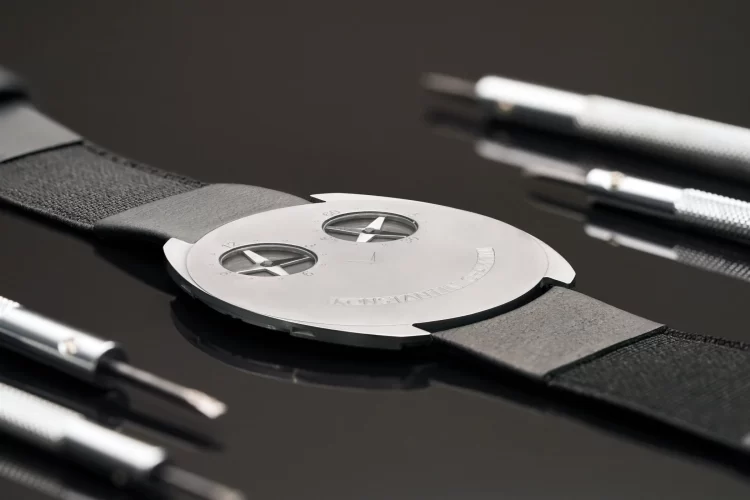
Monster of the Seas – World’s Largest Vehicle Carrier Can Hold Over 9,000 Cars
With a holding capacity of up to 9,100 vehicles (conventional or electric), the Höegh Aurora holds the title of “world’s largest vehicle carrier”. Operated by

With a holding capacity of up to 9,100 vehicles (conventional or electric), the Höegh Aurora holds the title of “world’s largest vehicle carrier”. Operated by

Japanese coastal containership operator Imoto Lines operates a number of feeder vessels with a unique look inspired by the nose of large passenger airplanes. In 2015,

Chinese robotics startup Engine AI recently launched a new humanoid robot that stunned everyone with its natural human-like gait which many attributed to CGI. Major

Designed to power giant container ships, the 14-cylinder Wärtsilä-Sulzer RTA96-C two-stroke turbocharged diesel engine is the world’s largest combustion engine. Measuring thirteen meters high, twenty-six

The ThinKing by Russian watchmaker Konstantin Chaykin is only 1.65 mm thick, making it the world’s thinnest mechanical wristwatch. The “arms race” for the world’s

The Arc’tryx MO/GO Hiking Pants come with a built-in exoskeleton powered by powerful motors that can increase the wearer’s leg strength by 40 percent and

The aptly named IMALENT MS32 Brightest Flashlight is capable of outputting up to 200,000 lumens of light, more than any other commercially available flashlight. Imagine

Japanese tech company Kirin Holdings recently unveiled the commercial version of its taste-enhancing spoon, dubbed Elecispoon, which improves taste buds’ perception of salt, thus making

Switzerland’s road maintenance authority has developed an ingenious mobile bridge that allows the paving of public roads without the need to stop traffic on the

Ohio-based flamethrower manufacturer Throwflame recently unveiled the Thermonator, a remote-controlled robot dog with a functional flamethrower mounted on its back. Robot dogs have been getting

Roughly the size of a studio apartment, the world’s largest passenger elevator weighs a whopping 16 tons, is supported by 9 steel cables, and can

An artificial intelligence model developed by an international team of researchers has demonstrated the ability to predict future events in people’s lives, including the time

Created in 1774 to impress royalty and their guests, the Silver Swan automaton remains an impressively intricate mechanical wonder that continues to captivate audiences. Built

Scientists at South Korea’s Chung-Ang University have created an ultra-light exosuit that can help runners cover short distances faster. They may not be mainstream yet,

Chinese engineers once set a Guinness World Record After Rotating a 30,000-tonne bus terminal in Xiamen 288 meters by using hundreds of hydraulic jacks and